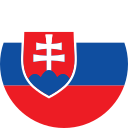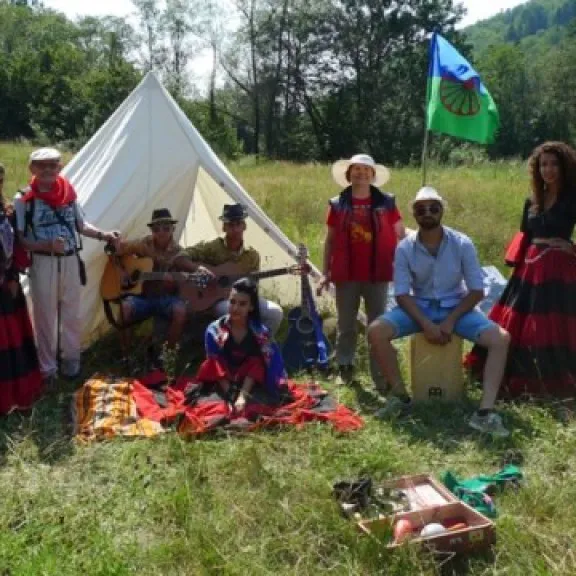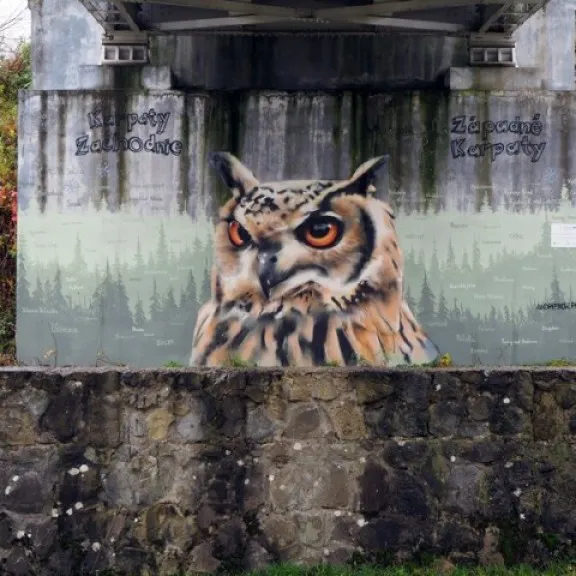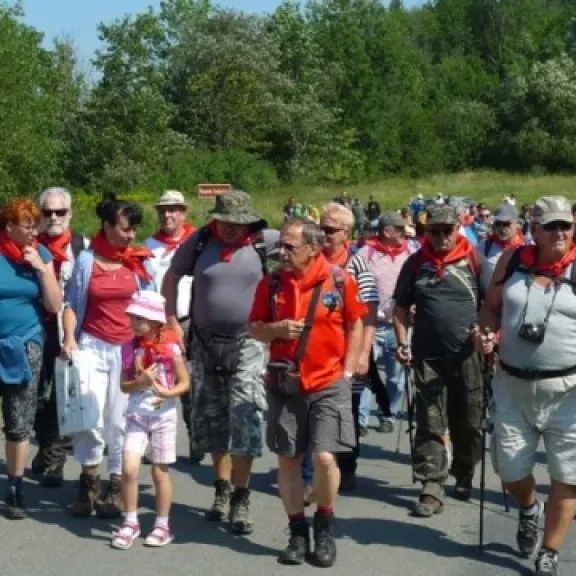
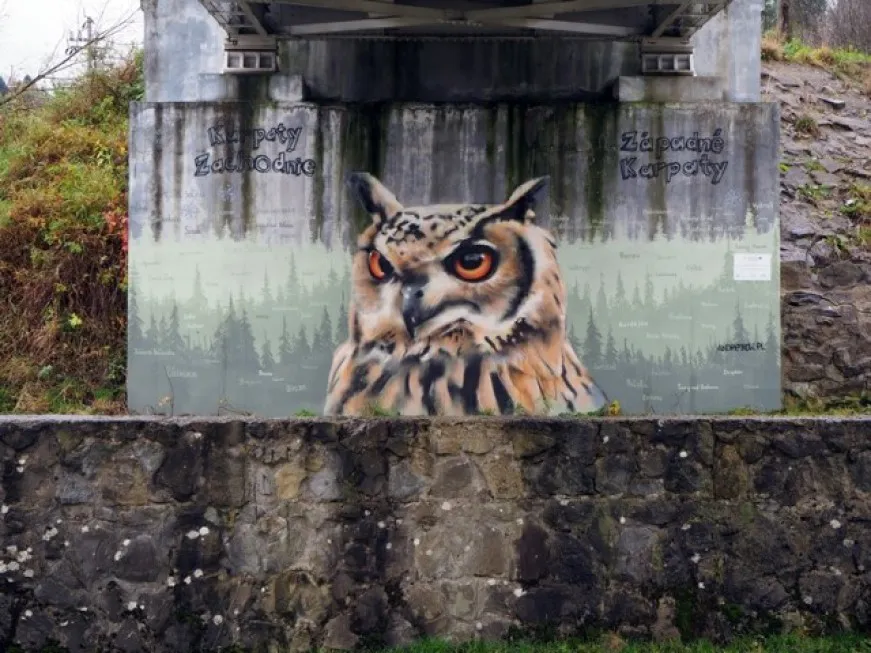
In the heart of the Carpathians - the border that connects
Beneficiary: Podkarpackie voivodeship
Slovak partner : Regionálna rozvojová agentúra Svidník
Implementation period: 01/05/2017 - 30/04/2018
Realized project value: € 51,141.63 , including ERDF co-financing: € 43,470.38,
The most important element of promotional activities in creating the strategy is the idea. It is supposed to arouse interest and encourage recipients to reach for more. This assumption was also made by the authors of the micro-project "In the heart of the Carpathians - the border that connects", aimed at popularizing the Polish-Slovak border. The whole concept was based on delineating and then promoting the border between the Western Carpathians and the Eastern Carpathians. The first task was a conference, which was to mark the nodal points of the geographical border and define its tourist range. Another activity was to organize an educational and promotional event in the Komańcza Forest District. There is a symbolic border crossing between the Eastern Carpathians and the Western Carpathians on the bridge over the Osława river. In turn, in the villages of Komańcza, Trzciana and Krempna, murals presenting portraits of representatives of the Carpathian fauna with the inscription "Eastern Carpathians - Western Carpathians" in Polish and Slovak against the background of the Carpathian forest were made. Additionally, about 120 Carpathian rosettes were made.
The main activities carried out under the project:
- Organization of the conference Border between the Eastern Carpathians and the Western Carpathians , the purpose of which was to describe the course of the border between the Western Carpathians (KZ) and the Eastern Carpathians (KW). The participants had the opportunity to listen to the lectures of prof. Eva Michaeli (University of Prešov in Prešov) and prof. Jarosław Balon (Jagiellonian University). To the satisfaction of the organizers, the problem of the Sródkarpackie border aroused great interest among the participants and during the three-day meetings there were many lively and interesting discussions. The results of the conference were disseminated through the publication of a tourist map of the Polish-Slovak borderland with the border between KW and KZ marked as well as multimedia boards, which were handed over to important entities involved in the promotion and development of tourism, so that they would be displayed in places visited by tourists and residents.
- Organization of the promotional and educational event Granica that connects. As part of the task, an outdoor educational and promotional event was organized in the Komańcza Forest District. A symbolic border crossing between the Eastern Carpathians (KW) and the Western Carpathians (KZ) has been set up on the bridge over the Osława located in the forest inspectorate (often visited by tourists, because it is located on the "Main Beskid Trail"). There are boxes on the signs to protect notebooks, in which tourists can leave occasional entries. A roofed plaque was also built in the vicinity of the bridge. Thanks to it, tourists will not only find out where the border between KZ and KW is located, but will also have the opportunity to take commemorative photos in a window installed for this purpose.
- Organization of a promotional and workshop event Karpacka Rozeta in a railway tunnel in Lodz. The workshops lasted 6 days, 15 artists from Poland and Slovakia took part in them. They included theoretical and practical classes. In addition to participating in theoretical classes and workshops, the participants also took an active part in creating a mural on the abutments of the railway bridge in Komańcza, where you can now see an eagle owl and a wolf, while in Krempna on the building of the Magura National Park management there is a lesser spotted eagle and the wall of the folk house in Trzciana is decorated with mighty lynx. The author of the works is Arkadiusz Andrejkow, a famous artist of Street Art from Sanok. An integral part of the murals are Polish-Slovak inscriptions: "Western Carpathians", "Eastern Carpathians", which signal the presence in this region of the border between the Eastern Carpathians and the Western Carpathians.
We invite you to listen and watch broadcasts about Carpathian murals in:




